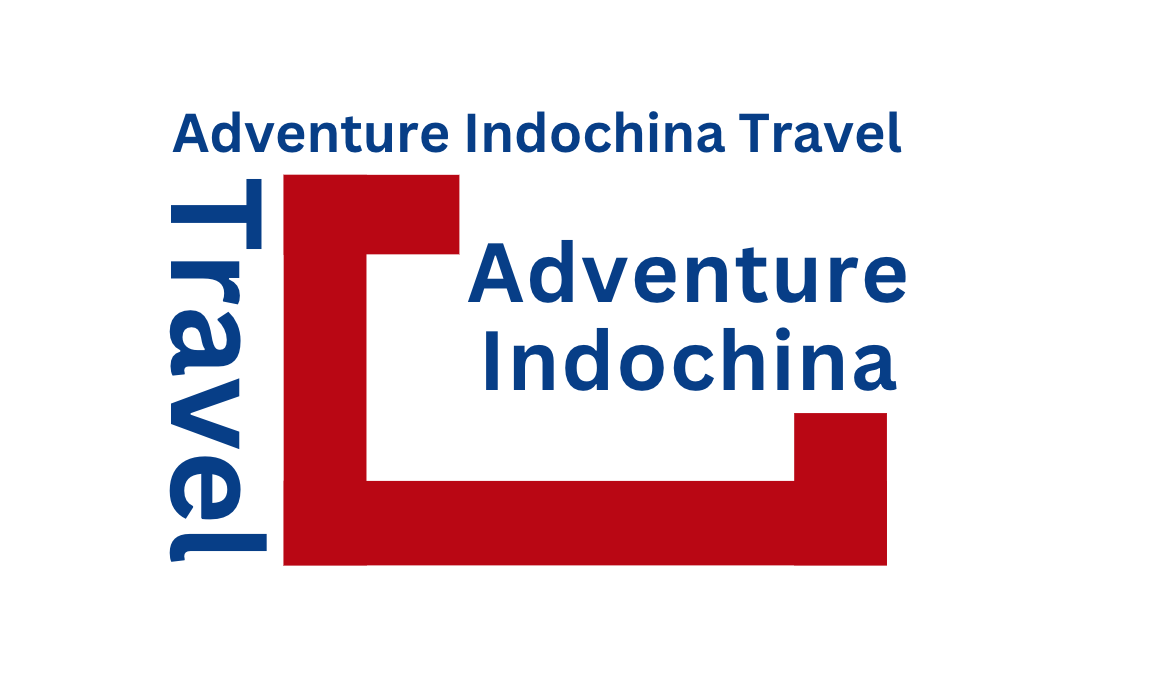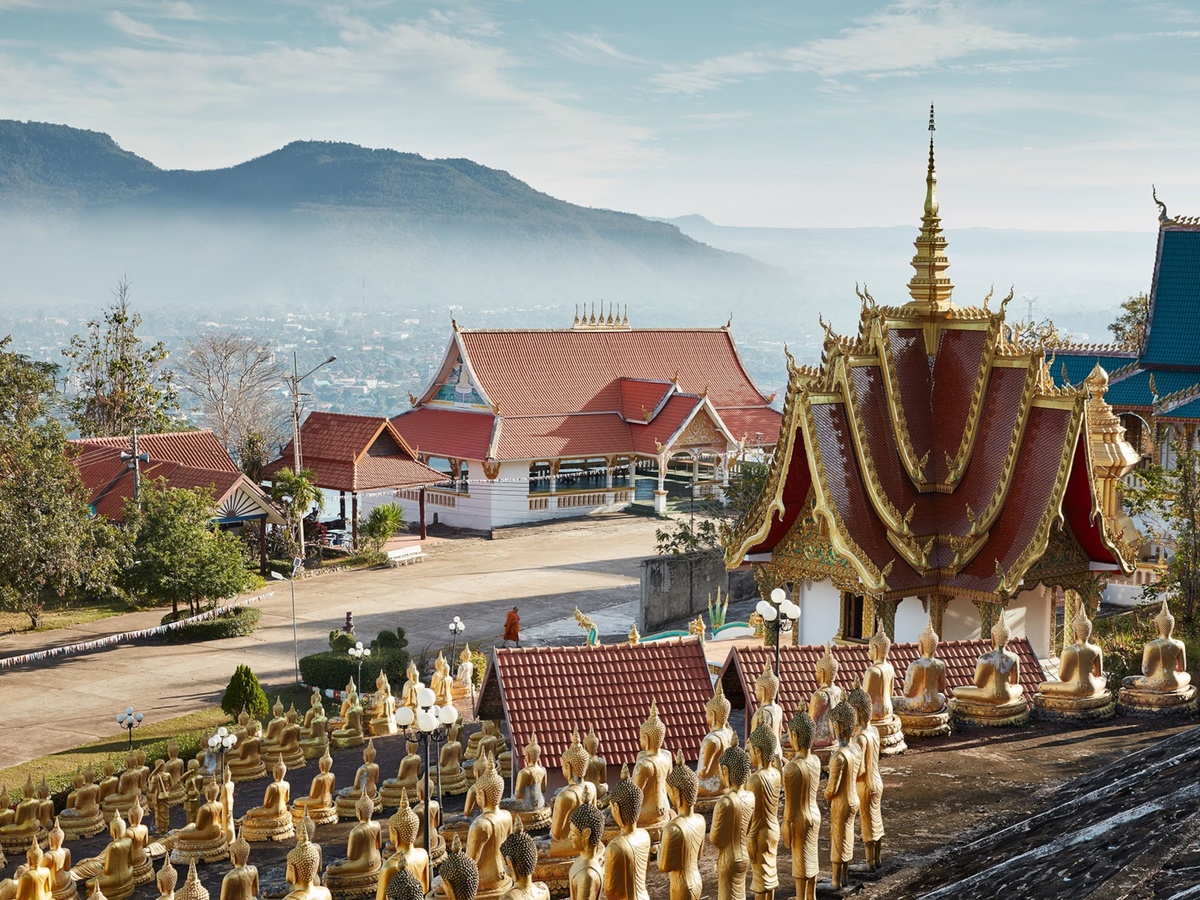
The story of Laos is a rich tapestry woven through centuries of kingdoms, colonization, and cultural resilience. Though modern Laos was shaped by colonial powers, its roots stretch back tens of thousands of years.
🗿 Ancient Origins
🧠 Archaeological evidence places human life in Laos as far back as 60,000 years ago, with fossilized remains discovered in the Mekong River Valley.
🪨 One of the most fascinating prehistoric sites is the Plain of Jars, a mysterious archaeological wonder dating from a few centuries before Christ to the 2nd century AD. Scattered across the landscape in clusters of up to 250 jars, these stone structures are believed to be ancient burial sites. Despite sustaining damage from American bombing during the Vietnam War, the site remains a must-see on any Laos travel itinerary.
👑 The Lan Xang Kingdom (1353–1707)
The golden era of Lao history began in the 14th century with the rise of the Lan Xang Kingdom, meaning “Land of a Million Elephants.” Founded in 1353, it was one of Southeast Asia’s most powerful kingdoms.
🏰 Luang Prabang was the original capital until concerns over defense led to its relocation to Vientiane. This period marked the beginning of contact with European traders, although internal divisions later split the kingdom into Vientiane, Luang Prabang, and Champasak.
⚔️ Ongoing conflicts with Burma and Siam (Thailand) drew Laos into regional wars, and by 1779, Siam had effectively taken control.
🏴☠️ Colonial Period: The French Era (1893–1954)
🇫🇷 French explorers began mapping the Mekong River in the 1860s. By 1893, France had established Laos as part of French Indochina, sparking disputes with Siam.
🎓 During the 1920s–30s, France introduced limited healthcare and education reforms, but local resistance simmered, especially from Chinese-backed groups and Lao Theung rebels. As WWII ended, the Free Lao movement gained momentum. Though the French regained temporary control, their defeat at Dien Bien Phu in 1954 signaled the end of colonial rule.
🏛️ French architecture and culinary influences, like the baguette, still echo throughout Laos today.
🎖️ War and Revolution (1954–1975)
🗳️ Elections in 1955 led to coalition governments, which were short-lived. By 1958, North Vietnam invaded, and despite claims of neutrality, Laos became embroiled in two decades of Cold War conflict.
✈️ The U.S. heavily bombed eastern Laos, leaving behind vast amounts of unexploded ordnance (UXO), still a danger in rural areas today.
🛡️ With American backing, the royalist government fought the communist Pathet Lao, but by 1975, the monarchy was abolished, and the Lao People’s Democratic Republic was established.
🌏 Modern Laos: A Quiet Revolution
🛑 The new communist government aligned itself closely with Vietnam and the USSR. After the Soviet Union’s collapse, Laos began gradual economic reforms, though the Lao People’s Revolutionary Party still maintains one-party control.
💬 While politically centralized, modern Laos is remarkably peaceful and welcoming to travelers. Visitors often find a country proud of its heritage, unbothered by the pace of change, and full of natural and cultural treasures.
🌿 Why Visit Laos Today?
Laos, the “Land of a Million Elephants,” may no longer have massive herds roaming the plains, but it offers something far rarer—authentic tranquility, layered history, and a deep spiritual culture. Whether exploring ancient temples in Luang Prabang or the echoes of war near the Ho Chi Minh Trail, Laos promises a journey both enlightening and unforgettable.
📌 Tip: For the best experience, travel with a knowledgeable Laos tour operator who can bring the nation’s complex history to life.



